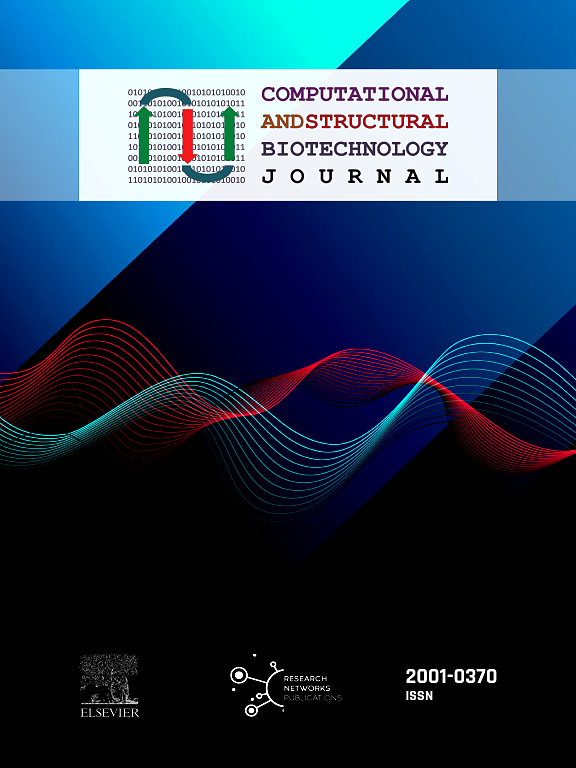Using patient-generated health data more efficient and effectively to facilitate the implementation of value-based healthcare in the EU – Innovation report
IF 4.4
2区 生物学
Q2 BIOCHEMISTRY & MOLECULAR BIOLOGY
Computational and structural biotechnology journal
Pub Date : 2024-10-18
DOI:10.1016/j.csbj.2024.10.026
引用次数: 0
Abstract
Healthcare services and products are rapidly changing due to the development of new technologies, offering relevant solutions to improve patient outcomes. Patient-Generated Health Data and knowledge-sharing across the European Union (EU) has a great potential of making healthcare provision more effective and efficient by putting the patient at the centre of the healthcare process. While such initiatives have been taken before, a uniting and overarching approach is still missing. The EU-funded IMPROVE project will develop an evidence-based and actual framework to effectively leverage the added value of people-centred integrated healthcare solutions, using predominantly PROMs, PPI, PREMs, and other Patient-Generated Health Data (PGHD). As a result, the project facilitates the effective and efficient implementation of Value-Based Healthcare across the EU by putting the patient central in the healthcare process.
更高效、更有效地利用患者生成的健康数据,促进在欧盟实施以价值为基础的医疗保健--创新报告
由于新技术的发展,医疗保健服务和产品正在迅速发生变化,为改善患者的治疗效果提供了相关的解决方案。患者生成的健康数据和欧盟(EU)范围内的知识共享具有巨大潜力,可通过将患者置于医疗保健过程的中心,使医疗保健服务更加有效和高效。虽然之前已经采取了此类举措,但仍然缺少一个统一的总体方法。欧盟资助的 IMPROVE 项目将开发一个以证据为基础的实际框架,主要利用 PROMs、PPI、PREMs 和其他患者生成的健康数据 (PGHD),有效利用以人为本的综合医疗解决方案的附加值。因此,该项目通过在医疗保健过程中以患者为中心,促进在整个欧盟有效和高效地实施以价值为基础的医疗保健。
本文章由计算机程序翻译,如有差异,请以英文原文为准。
求助全文
约1分钟内获得全文
求助全文
来源期刊

Computational and structural biotechnology journal
Biochemistry, Genetics and Molecular Biology-Biophysics
CiteScore
9.30
自引率
3.30%
发文量
540
审稿时长
6 weeks
期刊介绍:
Computational and Structural Biotechnology Journal (CSBJ) is an online gold open access journal publishing research articles and reviews after full peer review. All articles are published, without barriers to access, immediately upon acceptance. The journal places a strong emphasis on functional and mechanistic understanding of how molecular components in a biological process work together through the application of computational methods. Structural data may provide such insights, but they are not a pre-requisite for publication in the journal. Specific areas of interest include, but are not limited to:
Structure and function of proteins, nucleic acids and other macromolecules
Structure and function of multi-component complexes
Protein folding, processing and degradation
Enzymology
Computational and structural studies of plant systems
Microbial Informatics
Genomics
Proteomics
Metabolomics
Algorithms and Hypothesis in Bioinformatics
Mathematical and Theoretical Biology
Computational Chemistry and Drug Discovery
Microscopy and Molecular Imaging
Nanotechnology
Systems and Synthetic Biology
 求助内容:
求助内容: 应助结果提醒方式:
应助结果提醒方式:


